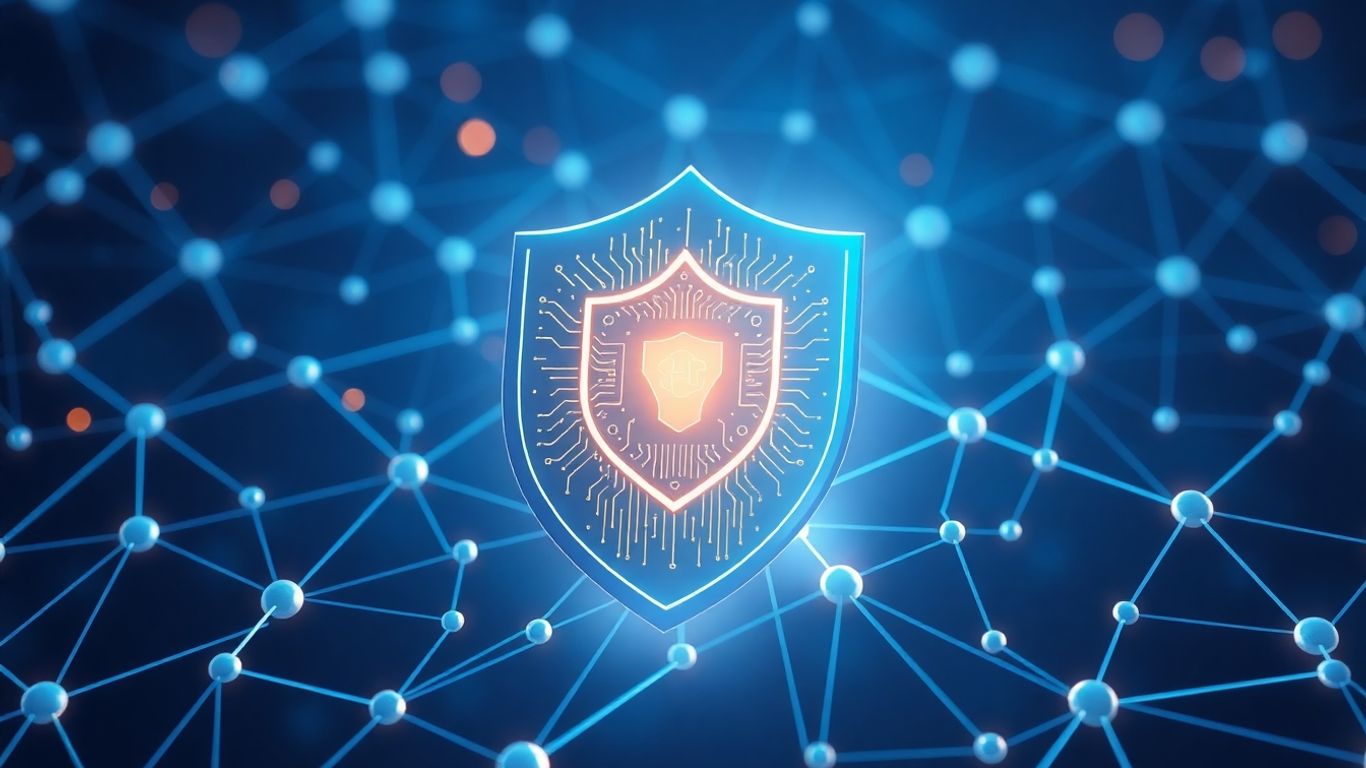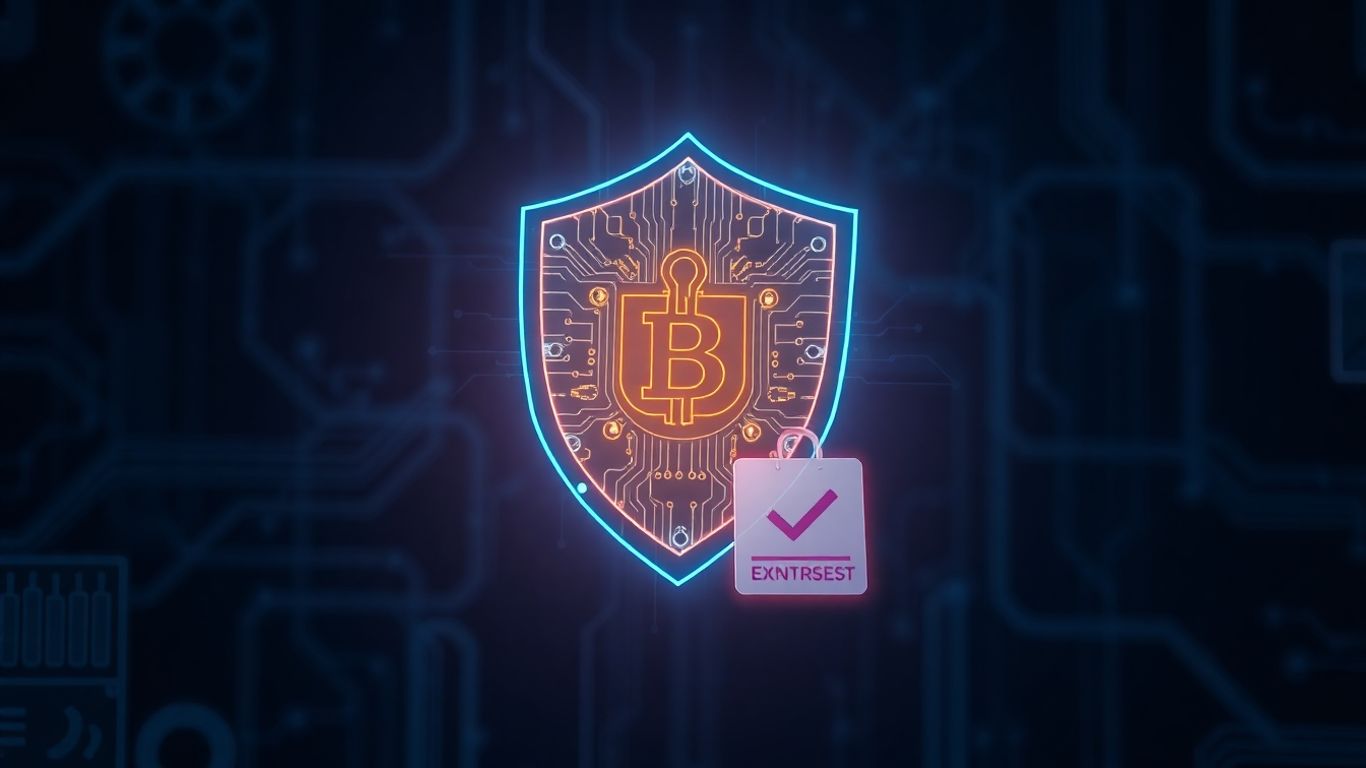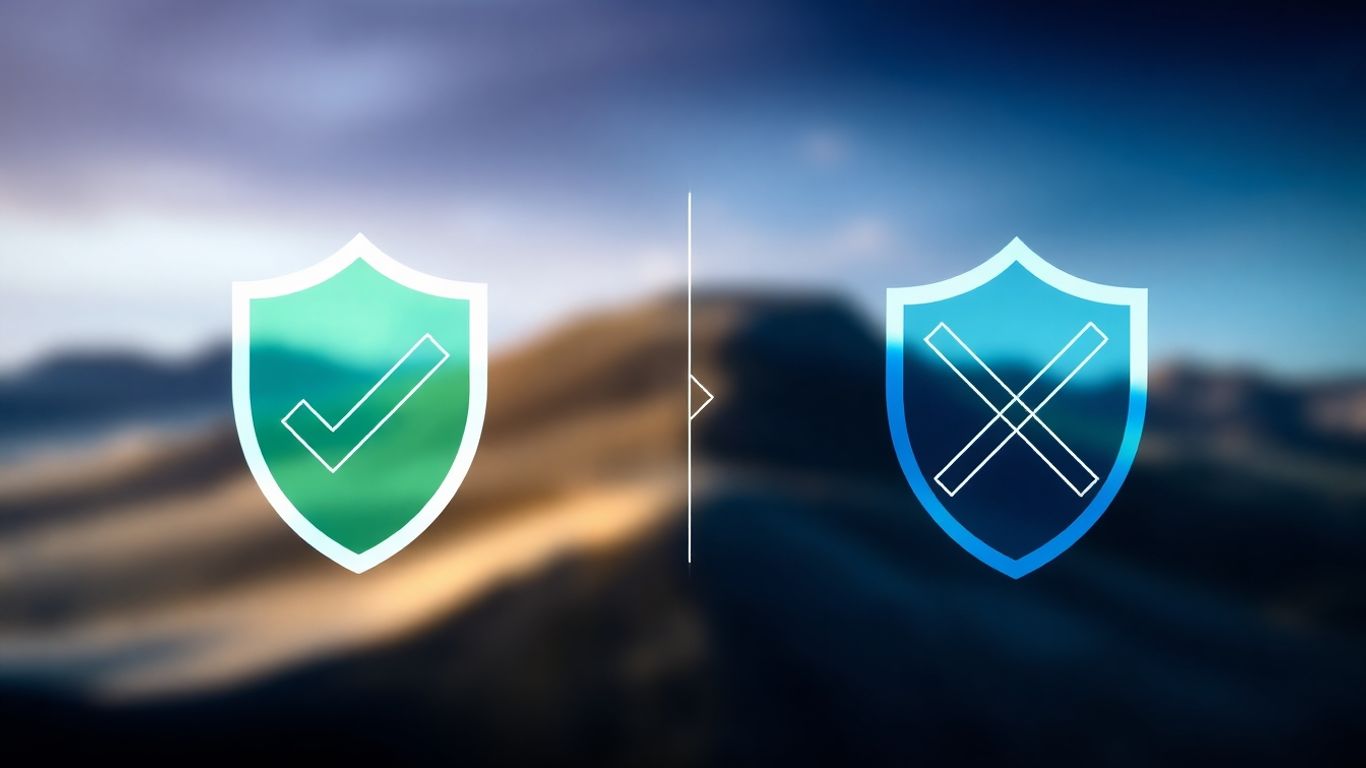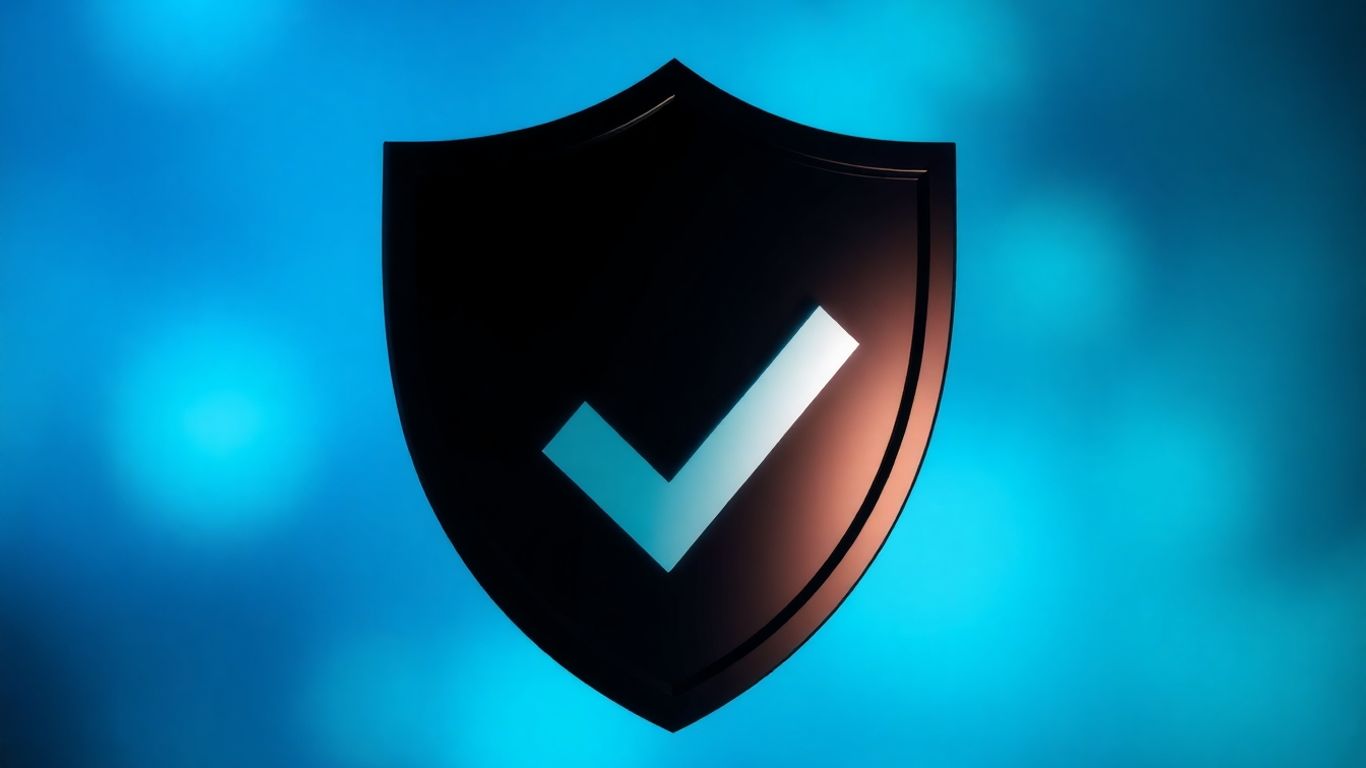[ newsletter ]
Stay ahead of Web3 threats—subscribe to our newsletter for the latest in blockchain security insights and updates.
Thank you! Your submission has been received!
Oops! Something went wrong. Please try again.
Explore the Trust Score API for comprehensive wallet and smart contract risk assessment. Enhance Web3 security with dynamic, AI-powered insights.





Navigating the Web3 space can feel like walking through a minefield sometimes, right? You've got these amazing new technologies, but they also come with new kinds of risks. We're talking about everything from dodgy smart contracts to wallets that might be up to no good. Figuring out who or what to trust is a huge challenge. That's where something called a trust score comes in. It's basically a way to get a quick, informed opinion on the safety of a wallet or a smart contract, helping you make better decisions.

In the fast-moving world of Web3, keeping things secure is a big deal. You've probably heard about hacks and scams, and honestly, it's enough to make anyone nervous. That's where trust scores come in. Think of them as a quick way to get a feel for how safe a wallet or a smart contract might be. They're not a magic bullet, but they give you a solid starting point for assessing risk.
Trust scores are basically a way to put a number on how risky something is in the blockchain space. For wallets, this score looks at their past actions – like what kind of transactions they've made and if they've interacted with anything questionable. For smart contracts, it's about the code itself, how it's built, and its history. These scores help us make faster, more informed decisions about who or what to interact with. It's like a quick check before you jump into something new.
Here's a simplified look at what influences a wallet's score:
What's cool about trust scores is that they aren't static. They change as new information comes in. A wallet that was clean yesterday might interact with something risky today, and its score would reflect that. Similarly, a smart contract might have a good score initially, but if it's later found to have a vulnerability or gets involved in an exploit, its score will drop. This dynamic nature means you're always getting a more up-to-date picture of the risk involved. It's a much better approach than relying on old audit reports that might not capture current threats. This continuous assessment is key to staying ahead in Web3 security.
The goal is to move beyond just looking at a static audit report. Instead, you get a dynamic, up-to-date assessment of risk, which is way more useful in the fast-paced crypto environment. It helps everyone involved make smarter decisions about what to trust.
Getting a trust score is one thing, but what do you do with it? The real value comes from the insights they provide. If a wallet has a low score, you know to be extra careful, maybe avoid sending funds or interacting with its associated applications. If a smart contract's score is concerning, you might decide to skip that project altogether or at least be very cautious about any funds you put into it. These scores can guide your actions, helping you avoid potential scams and protect your assets. For projects, a good trust score can be a signal of their commitment to security, building confidence with users and investors. You can check wallet trust scores through services like Etherscan.
When you're dealing with crypto, especially if you're managing multiple wallets for business or personal use, knowing what's going on with those addresses is pretty important. That's where wallet trust scores come in. Think of it like a quick background check, but for your digital wallets. These scores look at a wallet's history – what kind of transactions it's been involved in, if it's ever touched anything questionable, or if it's linked to known risky actors. It's not just about one single transaction; it's about the whole picture. This can give you a good idea if a wallet is safe to interact with or if you should probably just avoid it. It’s all about getting that instant risk assessment without having to dig through tons of data yourself.
Your wallet's transaction history is a big part of its trust score. We look at your most recent transactions, usually the last 100, to see what you've been up to. If these transactions involve things like:
It's important to be mindful of what you're trading and interacting with. Even selling or transferring a suspicious token can create a transaction record that affects your score. The goal is to keep your transaction history clean and focused on reputable assets.
Beyond just your own transactions, how your wallet connects to others on the blockchain matters too. We analyze the network relationships and overall on-chain behavior. This means looking at:
Cleaning up old or unnecessary token approvals is one of the quickest ways to improve your wallet's trust score. Instead of granting unlimited access, it's better to set specific spending limits for decentralized applications (dApps) when possible. If you no longer use an application, revoke its permission to access your tokens. This proactive management is key.
Wallet trust scores are a tool for managing your security on the blockchain. By regularly checking and cleaning up your token approvals, and being careful about what you interact with, you can protect your assets and maintain a higher score. It’s about staying ahead of potential problems. For instance, if you're dealing with complex multi-signature setups, understanding the security implications of each key holder's activity is vital. Reputable wallet providers often have features that help manage these risks, but user vigilance remains paramount.
Keeping your wallet secure involves more than just holding your private keys safely. It means actively managing permissions, understanding transaction histories, and being aware of the broader network connections your wallet has. A good trust score is a sign of good digital hygiene.
By consistently reviewing your wallet's activity and making smart choices, you can significantly reduce your exposure to risks in the Web3 space. This ongoing effort helps build a more secure digital presence. For those managing organizational funds, robust multisignature wallet strategies are a must-have component of this proactive approach. It's a continuous process, not a one-time fix.
Smart contracts are the engines that drive a lot of what happens in the decentralized world. They automate agreements and transactions, but if they're not built right, they can become a major weak spot. That's where smart contract trust scores come into play. Think of it as a quick check-up for the code itself, giving you a snapshot of how secure a contract is right on the blockchain.
These scores look at a few key things:
The goal is to give you a clear, up-to-date picture of a contract's risk, moving beyond just a one-time audit report. It helps everyone involved make smarter decisions about what code to trust and interact with.
It's not just about finding bugs. A good trust score considers how the contract is managed, its past behavior, and its connections to other parts of the blockchain. This gives a more complete view of its safety.
Here's a quick look at what goes into these scores:
So, you've got a project in the Web3 space, and you're thinking about how to make it more secure. That's where the Trust Score API really shines. It's not just about checking things once; it's about having a constant pulse on the security of your project's components, especially smart contracts and the wallets interacting with them. This API gives you a way to get quick, reliable security assessments without having to be a deep-dive security expert yourself.
Smart contracts are the engine of many decentralized applications, but they can also be a major weak point if not properly secured. The Trust Score API provides an immediate evaluation of a smart contract's security posture. It looks at a few key things:
This gives you a snapshot of risk before you even deploy or interact with a contract. It's like getting a quick background check on the code itself.
The crypto world moves fast, and threats evolve just as quickly. Relying on a one-time audit report is like checking your car's brakes once and assuming they'll be fine forever. The Trust Score API enables continuous monitoring. Think of it as an automated security guard that's always on duty. It can:
This constant vigilance means you can catch potential problems early, often before they become serious issues. It's a proactive approach to security that keeps pace with the dynamic nature of Web3.
In the Web3 space, trust is everything. Projects that can demonstrate a strong commitment to security build more confidence with their users and investors. The Trust Score API can help provide this. By integrating the API, you can:
This transparency can be a significant differentiator, showing that your project takes security seriously and is willing to back it up with objective data. It's a way to build a reputation for reliability and safety in a crowded market.
The crypto world moves super fast, and honestly, security threats are always popping up. Relying on old-school, one-time checks just doesn't cut it anymore. What you really need is something that's always watching, always learning. That's where AI-powered continuous monitoring comes in. Imagine having a smart system that's constantly scanning transactions, looking for weird patterns, and flagging anything that looks even a little bit off. It's like having a security guard who never sleeps and has a PhD in spotting trouble. This kind of setup uses artificial intelligence to analyze everything in real-time, spotting new kinds of attacks as they happen, not after the damage is done. It’s a pretty big step up from just checking things once in a while.
This is where the magic really happens. Instead of someone manually checking every single wallet address or contract, which would take forever and probably lead to mistakes, these AI tools do it automatically. They look at a wallet's history, where its money has been, and if it's ever touched anything shady. For smart contracts, they analyze the code itself, looking for known vulnerabilities or weird logic. This process assigns a risk score, helping you quickly sort out which wallets or contracts need a closer look. It’s all about getting that instant risk assessment without having to dig through tons of data yourself.
It's not a one-and-done deal. The crypto world moves fast, and bad actors are always trying new tricks. That's why continuous monitoring is so important. These tools keep an eye on wallets and contracts even after the initial check. If a wallet suddenly starts acting weird – maybe it's suddenly interacting with known scam sites or using mixers to hide its tracks – the system flags it. If a contract starts behaving unexpectedly, the AI notices. This means you can catch problems early, before they become big issues.
This approach provides a complete security picture, moving beyond simple vulnerability scanning to offer an autonomous auditing framework. By using a team of specialized AI agents, the platform can analyze contract interaction patterns, validate business logic against intended behavior, and assess dependencies across an entire protocol ecosystem.
At the heart of these advanced systems are powerful AI models, often built on architectures like Transformer neural networks. These models are trained on massive datasets of code and transaction history. They can process huge amounts of information, up to 131,072 tokens per analysis, which allows for a complete ecosystem audit. This means they can understand complex relationships and spot subtle anomalies that a human might miss. The result is a system that's not only faster but also more accurate in detecting critical vulnerabilities.

When things go wrong in the crypto world, and they sometimes do, having a solid plan for dealing with the mess is super important. It's not just about catching bad actors before they strike; it's also about what you do when a wallet gets compromised or funds go missing. Traditional methods often fall short here, especially with the speed of modern attacks.
When a wallet is compromised, the immediate concern is recovering any stolen assets. The problem is, hackers are pretty smart. They often set up bots that watch compromised wallets constantly. The second any funds are sent to that wallet, even just to pay for gas fees to move other assets, these bots snatch it up. This makes recovering anything incredibly difficult, almost like the assets are trapped.
This is where some clever tech comes in. Instead of trying to send funds out in a way that hacker bots can see and intercept, a better approach is to bundle the necessary transactions together. Think of it like this: you need to fund the wallet and then immediately transfer the assets out. By packaging these actions into a single, private transaction submitted directly to miners using something like Flashbots, you can bypass those pesky monitoring bots entirely. It's a way to get your assets out before the bots even know what's happening.
This whole process is designed to be as quick and secure as possible. Here's a general idea of how it works:
The speed of crypto attacks means that traditional, manual responses are often too slow. Innovative solutions that can execute actions atomically and privately are becoming essential for effective incident response and asset recovery in the digital asset space. This approach helps to mitigate the impact of security breaches and restore confidence for users and projects alike.
So, you've got this awesome API that can tell you if a crypto wallet is a potential problem. That's great, but how do you actually make it part of your day-to-day business? It's not just about having the tool; it's about using it effectively. This is where integrating wallet screening into your operations comes into play. It's about making sure you're not just reacting to risks, but actively preventing them before they even become an issue.
Not all wallet screening tools are created equal. When you're picking one, you've got to think about what you actually need. Do you just need to check against sanctions lists, or do you need something that looks at transaction patterns and known scam addresses too? The complexity of the solution should match the complexity of your business and the risks you face. For instance, a small dApp might only need basic checks, while a large exchange will need a more robust system. It's also about how up-to-date the data is. If the lists aren't updated regularly, you're essentially flying blind. You want a solution that's constantly being fed new information about emerging threats.
Here's a quick rundown of what to consider:
This is where the rubber meets the road. A good wallet screening API should be designed to fit into your current setup without causing a massive headache. Think of it like plugging in a new appliance – you want it to work with your existing wiring. The API typically works by letting you send a wallet address and getting back a risk assessment, usually a score or a simple flag. This means you can build it into your user onboarding, transaction processing, or even your internal risk management dashboards. For example, a crypto exchange could use it during sign-up. When a new user provides a wallet address, the API checks it instantly. If it's flagged as high-risk, the platform can then ask for more verification or even block the account before any funds are moved. This kind of integration helps automate compliance checks, freeing up your team to focus on more strategic tasks instead of manual data checks. You can find out more about how these systems work by looking into wallet screening services.
Manually checking every single wallet address is just not feasible, especially as your user base grows. That's why automation is key. An automated wallet screening system continuously monitors addresses, flagging any that show signs of risk. This isn't just about checking a static list; it's about analyzing behavior. The system looks at things like transaction patterns – are there a lot of quick, small transfers, or does the wallet interact with mixers that obscure its history? These patterns can be red flags. Based on all this data, the wallet gets a risk score. A higher score means more potential risk. This proactive approach helps identify potentially problematic wallets before they can cause trouble, making your platform safer for everyone involved. It's a solid way to cut down on the risks associated with financial crime, like fraud or ransomware attacks, by blocking suspicious transactions before they even hit your platform.
The challenge with blockchain is that it's pseudonymous. While transactions are public, knowing who's behind a specific wallet address often requires additional data. Privacy-focused cryptocurrencies and techniques like mixers further complicate this, making it a constant game of cat and mouse to track illicit activities. Automated screening tools are essential for navigating this complexity, but they must be sophisticated enough to adapt to evolving threat landscapes and minimize false positives, which can disrupt legitimate operations and frustrate users.
So, we've looked at how important it is to understand the risks involved with both wallets and smart contracts in the world of Real-World Assets (RWAs). It's clear that just relying on old methods isn't enough anymore. Things move too fast, and the threats are always changing. That's why tools like trust scores for wallets and smart contracts are becoming really useful. They give you a quick, ongoing way to check for potential problems, moving beyond just a one-time audit. Plus, having ways to recover assets if something bad happens, like the Flashbots solution, offers a much-needed safety net. As this space keeps growing, using these kinds of advanced, AI-driven security measures will be key to making sure everyone can interact with RWAs with more confidence.
A Trust Score is like a grade for how safe a crypto wallet or smart contract is. It helps people understand the risks involved before they interact with them. Think of it as a quick way to check if something is trustworthy in the world of crypto.
Wallet Trust Scores look at a wallet's past actions. They check things like the types of transactions it has made, if it has been linked to any suspicious activity, or if it's connected to known risky addresses. This helps predict if a wallet might be unsafe to use.
Smart Contract Trust Scores give you a snapshot of how secure a piece of code is. They consider the code itself, how it's managed, and its history. This helps you see if a contract is likely to be safe to use, going beyond just a simple code check.
Yes, projects can get Trust Scores for their smart contracts and wallets. This can be done through an API, which provides instant scores. It's like getting a security badge that shows how safe your project is.
This is a system that uses artificial intelligence to constantly watch over blockchain activity. Instead of checking things just once, it's always looking for new threats and strange patterns in real-time, making security much stronger and faster.
The Trust Score API lets businesses quickly check the safety of wallets and smart contracts. This can be added to their existing systems to automatically screen for risks, helping them protect their users and assets without manual checks.


